Meet our new neighbours: Astronomers discovered at least nine ultra-faint satellites in the vicinity of the Magellanic Clouds. New dwarf galaxies orbiting around the Milky Way.
Top image: Distribution of the Galactic satellites on the sky. The underlying background image is the Infrared Map produced by the 2MASS survey. S. Koposov, V. Belokurov (IoA, Cambridge). Background: 2MASS
A ‘treasure trove’ of rare dwarf satellite galaxies orbiting our own Milky Way discovered, and could hold the key to understanding dark matter, the mysterious substance which holds our galaxy together.
A team of astronomers from the University of Cambridge have identified nine new dwarf satellites orbiting the Milky Way, the largest number ever discovered at once.
The findings, from newly-released imaging data taken from the Dark Energy Survey, may help unravel the mysteries behind dark matter, the invisible substance holding galaxies together.
The new results also mark the first discovery of dwarf galaxies – small celestial objects that orbit larger galaxies – in a decade, after dozens were found in 2005 and 2006 in the skies above the northern hemisphere.
Dr Sergey Koposov of Cambridge’s Institute of Astronomy, the study’s lead author, said:
“The discovery of so many satellites in such a small area of the sky was completely unexpected. I could not believe my eyes.”
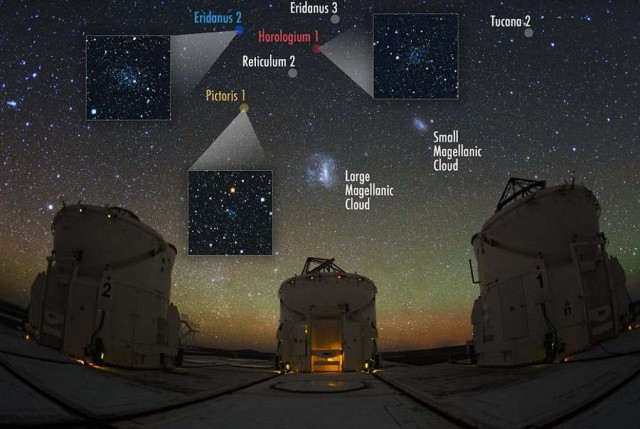
V. Belokurov, S. Koposov (IoA, Cambridge). Photo: Y. Beletsky (Carnegie Observatories)
The Magellanic Clouds and the Auxiliary Telescopes at the Paranal Observatory in the Atacama Desert in Chile. Only 6 of the 9 newly discovered satellites are present in this image. The other three are just outside the field of view. The insets show images of the three most visible objects (Eridanus 1, Horologium 1 and Pictoris 1) and are 13×13 arcminutes on the sky (or 3000×3000 DECam pixels).
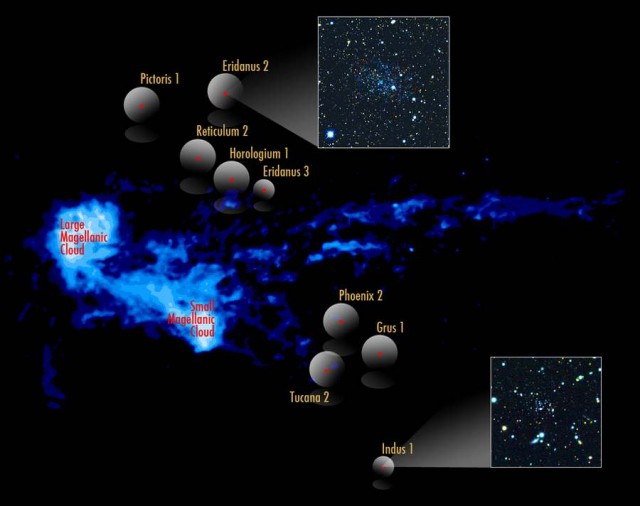
V. Belokurov, S. Koposov (IoA, Cambridge). HI image: M. Putman (Columbia)
The Magellanic Clouds and the stream of neutral hydrogen. The insets show the image of the largest satellite discovered (Eridanus 2) as well as the smallest one (Indus 1). The insets are 13×13 arcminutes on the sky (or 3000×3000 DECam pixels) for Eridanus 2 and 6.5×6.5 arcminutes (or 1500×1500 DECam pixels) for Indus 1.
source University of Cambridge

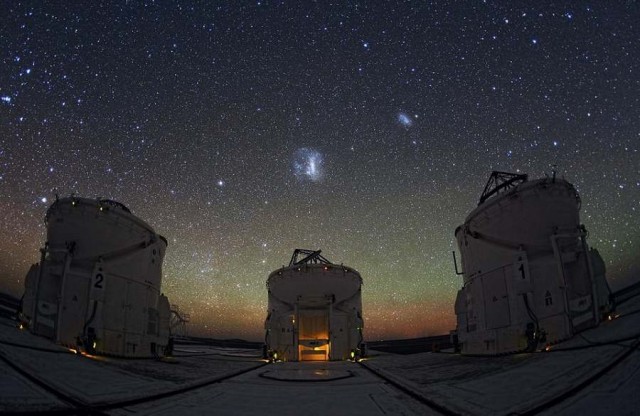

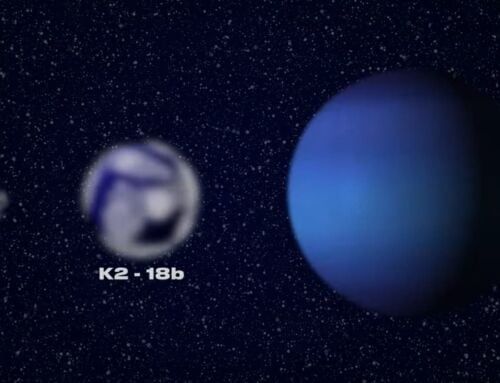

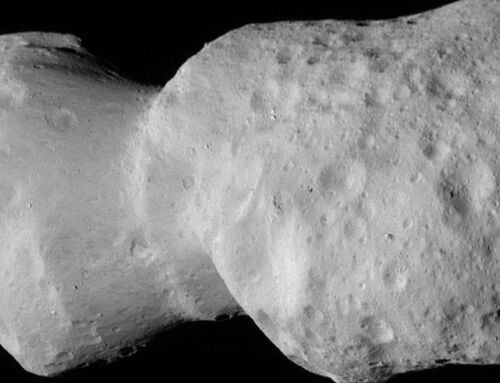
Leave A Comment